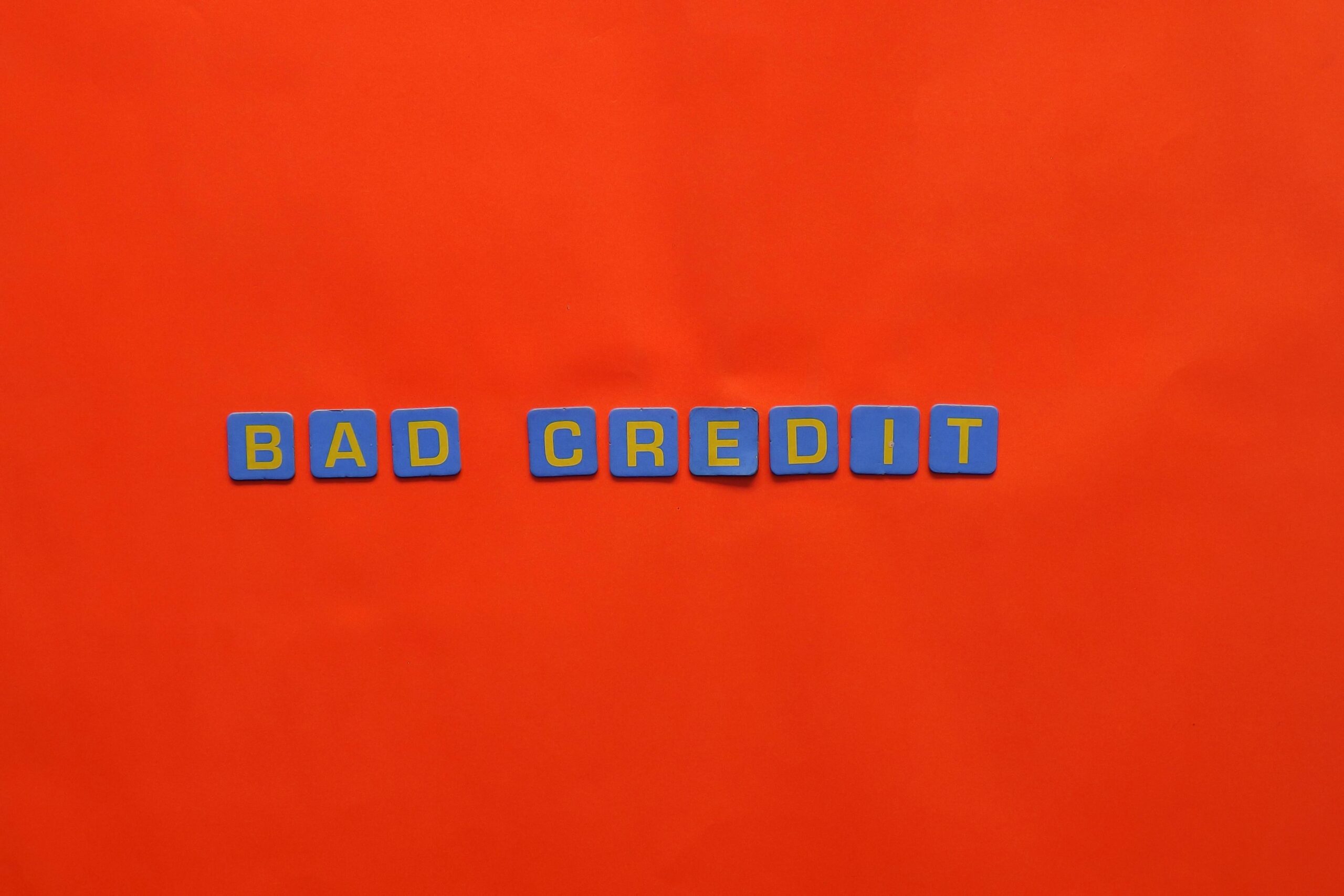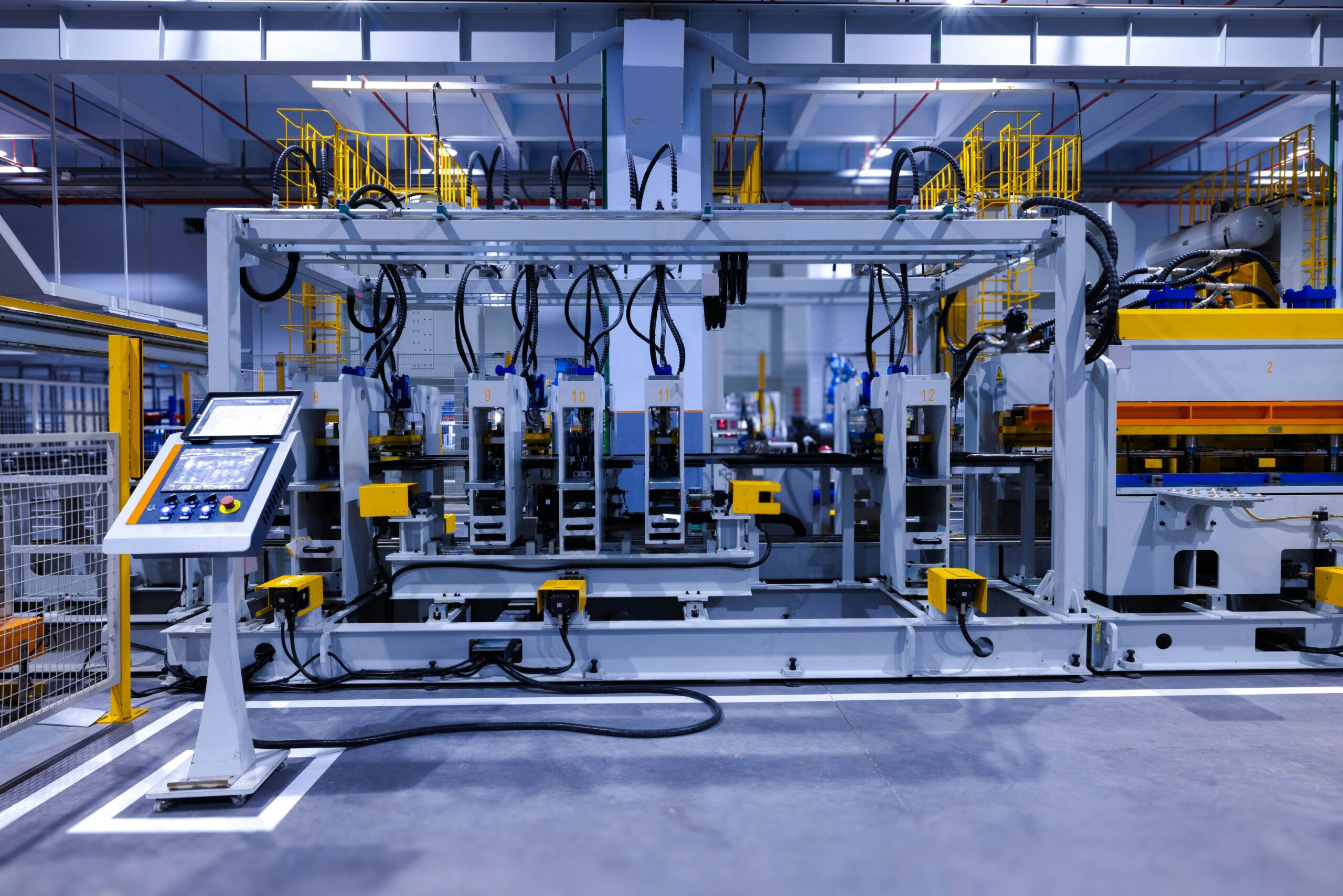Some of the most successful companies started with a shaky credit score and a big idea. The problem isn’t that opportunities don’t exist; it’s that most traditional lenders don’t know how to look beyond a number.
When banks see a score below 680, they tend to shut the door before the conversation even begins. But times have changed, especially for small business owners who’ve hit a few bumps along the way.
However, this isn’t a quick fix. Let’s understand what modern financing actually looks like when your credit isn’t perfect and how to use it strategically.
Is Bad Credit Really Bad?
A poor credit score doesn’t always mean a business is struggling. Sometimes it just reflects a tough season like late invoices, a rough patch during the off season, or one equipment purchase that didn’t pay off fast enough. According to a 2024 report by the Federal Reserve, 43% of small business owners said they’d been denied credit due to “insufficient credit history or low scores.” Yet many of these businesses were profitable and growing.
The problem is, banks still rely heavily on credit reports, overlooking the more relevant numbers, like revenue trends, customer retention, or consistent sales volume. These are the metrics modern financing focuses on.
The Shift Toward Alternative Lenders
Things look very different in the lending world today than they did a few years ago. Financial technology companies and independent lenders have made it possible for business owners with less-than-stellar credit to access working capital, equipment financing, or cash flow solutions.
The biggest change isn’t in the money itself, it’s in how approval works. Traditional banks still focus on FICO scores, years in business, and stacks of paperwork. But alternative lenders look at your daily operations and cash flow instead. If your business brings in steady monthly revenue, even if your credit score isn’t perfect, you now have options.
Here are a few routes you can take:
Merchant Cash Advances
A merchant cash advance (MCA) is one of the most flexible ways to get funding when credit is a problem. It’s not technically a loan. Instead, you receive an upfront sum that’s repaid through a percentage of your daily or weekly sales.
For example, if you run a retail store or restaurant with steady card transactions, the repayment happens automatically through those sales. You don’t have to worry about missing fixed due dates.
Why it works:
- Approval depends on sales volume, not your FICO score.
- Funding is quick, often within 24 to 48 hours.
- Payments rise and fall with your revenue, easing pressure during slower periods.
It’s ideal for businesses with strong card activity but a weak credit history. However, it often comes with a higher cost of capital, so it’s best suited for short-term needs such as covering supplier payments or managing seasonal inventory.
Invoice Financing
Waiting for clients to pay can make cash flow feel like quicksand. That’s where invoice financing, also called factoring, comes in. Instead of waiting 30, 60, or even 90 days for payment, you can access most of that invoice value upfront.
Let’s say you run a trucking company that bills clients after deliveries. You could use those outstanding invoices as collateral, receive most of the payment now, and pay a small fee once the client pays.
Why it works:
- Approval is based on your clients’ reliability, not your credit.
- Provides immediate liquidity for growing operations.
- Keeps your business running smoothly without taking on new debt.
Invoice financing suits B2B operations like logistics, manufacturing, consulting or any business where work is done first, and payment arrives later.
Equipment Financing
Equipment financing is exactly what it sounds like. You borrow money to purchase equipment, and the equipment itself acts as collateral.
Since the lender funds the purchase, you repay over time while using the equipment to generate income. This makes it far more accessible for businesses with credit challenges.
Why it works:
- The asset secures the loan, reducing credit risk.
- Spreads costs over time instead of draining working capital.
- Can be used for almost any type of equipment such as vehicles, machinery, or even medical devices.
Because the lender has a tangible asset as security, approval tends to be faster and less credit-dependent.
Business Lines Of Credit
A business line of credit works like a revolving account. You borrow what you need, repay it, and reuse it as needed. It offers you a safety net that helps you manage cash flow fluctuations.
For example, if you run an online store, a line of credit could help cover packaging supplies one week and digital ads the next.
Why it works:
- Interest applies only on what you use.
- Builds credit over time through responsible use.
- Offers flexibility for unpredictable expenses.
Even for businesses with lower scores, some lenders now provide secured lines of credit that rely more on business performance than credit history.
Working Capital Loans
Working capital loans help cover recurring expenses like payroll, rent, or inventory when cash flow is tight.
They’re short-term, simple to apply for, and don’t require perfect credit. Many lenders focus on monthly revenue and business consistency instead of past credit events.
Why it works:
- Designed for operational continuity, not expansion.
- Approvals can happen in a day or two.
- No long-term commitments or high collateral requirements.
What Lenders Look At Now
Lending has gotten a lot smarter lately. Here’s what lenders actually look at:
- Monthly revenue patterns
- Transaction consistency
- Customer payment reliability
- Business tenure and industry stability
It’s a major departure from the way banks used to work, proving that lenders are now focusing on data-driven risk assessment.
Choosing The Right Option
The best funding solution depends on your needs:
- Need speed and flexibility? A merchant cash advance might fit.
- Waiting on unpaid invoices? Invoice financing could work better.
- Expanding operations or buying equipment? Equipment financing gives structure.
- Dealing with uneven revenue? A line of credit or working capital loan offers breathing room.
The key is to match the funding type with the business goal. Using the wrong product, like taking a long-term loan for short-term expenses can strain finances unnecessarily.
Find Real Solutions, Not Roadblocks with ROK Financial
Every entrepreneur hits financial hurdles at some point. What defines success isn’t avoiding them, but knowing where to turn when they appear.
That’s why alternative financing matters. It gives small business owners a chance to move forward even when the banks say no.
At ROK Financial, we’ve seen firsthand how businesses rebuild, grow, and stabilize through smart funding. Our approach looks beyond the credit score, focusing on the actual health and potential of your business. Whether it’s working capital, equipment financing, or invoice factoring, our goal is simple: to help good businesses access the capital they deserve.
Because when credit challenges stop defining your options, the possibilities open wide.













